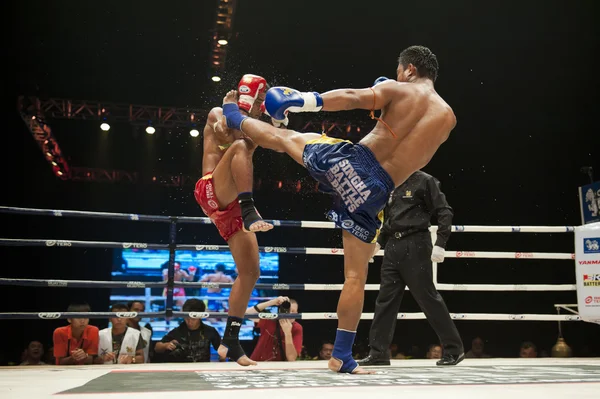
Martial Arts in Southeast Asia: A Cultural and Historical Legacy
Southeast Asia is home to a rich tapestry of cultures, religions, and histories, all of which have contributed to the development of a diverse range of martial arts. These traditional fighting systems are not only methods of self-defence but also profound expressions of national identity, spiritual discipline, and cultural heritage. From the jungles of Indonesia to the plains of Myanmar, martial arts in this region have evolved through centuries of war, colonisation, and cultural exchange.
One of the most well-known Southeast Asian martial arts is Muay Thai from Thailand. Also referred to as the “Art of Eight Limbs”, Muay Thai utilises punches, kicks, elbows, and knees in a highly effective and physically demanding combat system. Rooted in the historical battlefield tactics of the Thai army, it has since become a national sport, with widespread popularity both locally and internationally. Today, Muay Thai is practised globally, with professional leagues, international tournaments, and even incorporation into mixed martial arts (MMA).
In neighbouring Myanmar, Lethwei is considered one of the most brutal combat sports in the world. Similar to Muay Thai but allowing headbutts, Lethwei is often called the “Art of Nine Limbs”. Traditionally fought without gloves, using only wraps, it reflects the raw and rugged warrior spirit of the Burmese people. It is gaining international attention, but it still retains its traditional roots in rural communities across Myanmar.
Silat, a collective term for indigenous martial arts found in Indonesia, Malaysia, Brunei, and parts of the Philippines, is another example of Southeast Asia’s martial prowess. Silat encompasses a broad spectrum of styles and philosophies, ranging from dance-like ceremonial movements to deadly self-defence techniques. Often performed to traditional music, Silat is deeply intertwined with spirituality and the practice of meditation, making it as much a cultural ritual as it is a fighting form.
In the Philippines, the martial arts of Arnis, Eskrima, or Kali focus on weapon-based combat using sticks, knives, and other bladed instruments. Filipino martial arts are noted for their speed, fluidity, and adaptability. Taught to both military and law enforcement personnel, Arnis was declared the national martial art and sport of the Philippines in 2009.
Vietnam also boasts its own systems, such as Vovinam, which combines hard and soft techniques and incorporates elements like throws, joint locks, and weapons training. Developed in the 20th century, Vovinam was designed to strengthen national pride and discipline, especially during periods of colonial struggle.
Despite modernisation and the growing popularity of Western combat sports, traditional martial arts in Southeast Asia continue to thrive. They are preserved not only as sports but as living links to ancient philosophies, communal identity, and ancestral heritage. From public demonstrations during festivals to disciplined practice in dojos and village halls, martial arts remain a vital part of Southeast Asia’s cultural fabric — resilient, evolving, and deeply respected.





